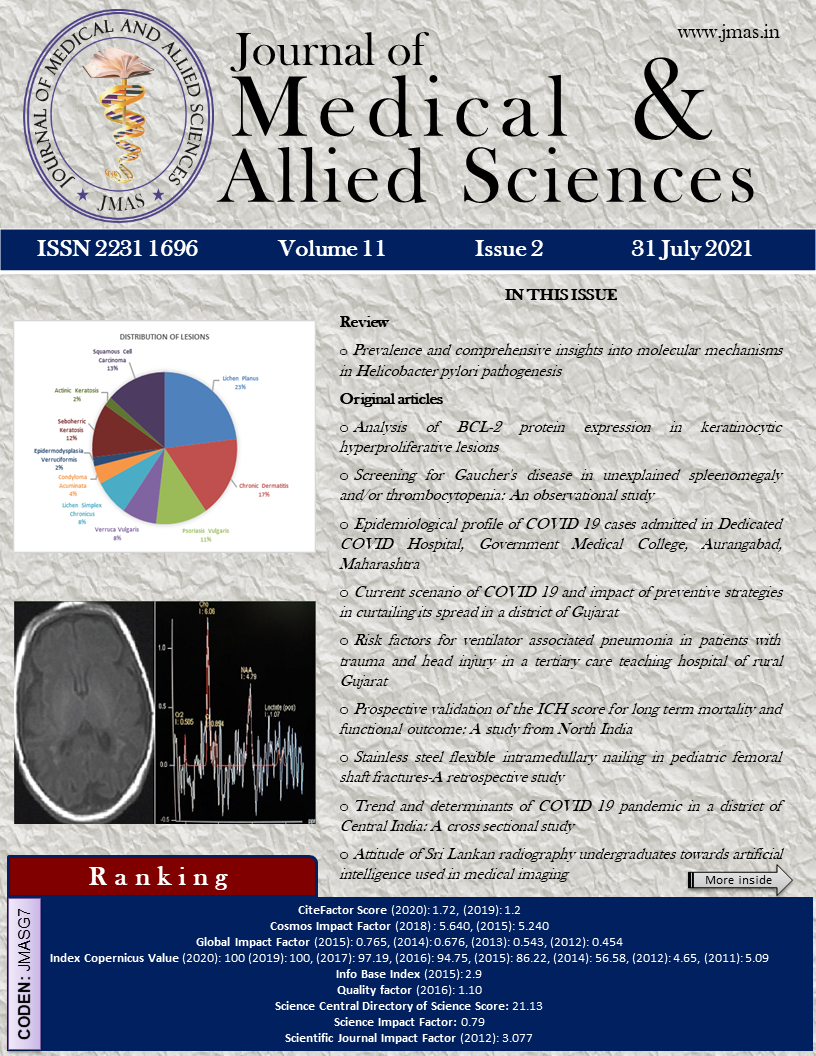
| Original Article Online Published: 10 Dec 2015 | ||||||||||||
J Med Allied Sci. 2011; 1(2): 79-83 Homology modeling and ligand interaction of Cytochrome b protein Rohith Kumar Anugolu, Shravan Kumar Gunda, Rajiv Varman Kakarla.
| ||||||||||||
| How to Cite this Article |
| Pubmed Style Rohith Kumar Anugolu, Shravan Kumar Gunda, Rajiv Varman Kakarla. Homology modeling and ligand interaction of Cytochrome b protein. J Med Allied Sci. 2011; 1(2): 79-83. Web Style Rohith Kumar Anugolu, Shravan Kumar Gunda, Rajiv Varman Kakarla. Homology modeling and ligand interaction of Cytochrome b protein. https://jmas.in/?mno=210467 [Access: December 31, 2024]. AMA (American Medical Association) Style Rohith Kumar Anugolu, Shravan Kumar Gunda, Rajiv Varman Kakarla. Homology modeling and ligand interaction of Cytochrome b protein. J Med Allied Sci. 2011; 1(2): 79-83. Vancouver/ICMJE Style Rohith Kumar Anugolu, Shravan Kumar Gunda, Rajiv Varman Kakarla. Homology modeling and ligand interaction of Cytochrome b protein. J Med Allied Sci. (2011), [cited December 31, 2024]; 1(2): 79-83. Harvard Style Rohith Kumar Anugolu, Shravan Kumar Gunda, Rajiv Varman Kakarla (2011) Homology modeling and ligand interaction of Cytochrome b protein. J Med Allied Sci, 1 (2), 79-83. Turabian Style Rohith Kumar Anugolu, Shravan Kumar Gunda, Rajiv Varman Kakarla. 2011. Homology modeling and ligand interaction of Cytochrome b protein. Journal of Medical and Allied Sciences, 1 (2), 79-83. Chicago Style Rohith Kumar Anugolu, Shravan Kumar Gunda, Rajiv Varman Kakarla. "Homology modeling and ligand interaction of Cytochrome b protein." Journal of Medical and Allied Sciences 1 (2011), 79-83. MLA (The Modern Language Association) Style Rohith Kumar Anugolu, Shravan Kumar Gunda, Rajiv Varman Kakarla. "Homology modeling and ligand interaction of Cytochrome b protein." Journal of Medical and Allied Sciences 1.2 (2011), 79-83. Print. APA (American Psychological Association) Style Rohith Kumar Anugolu, Shravan Kumar Gunda, Rajiv Varman Kakarla (2011) Homology modeling and ligand interaction of Cytochrome b protein. Journal of Medical and Allied Sciences, 1 (2), 79-83. |








